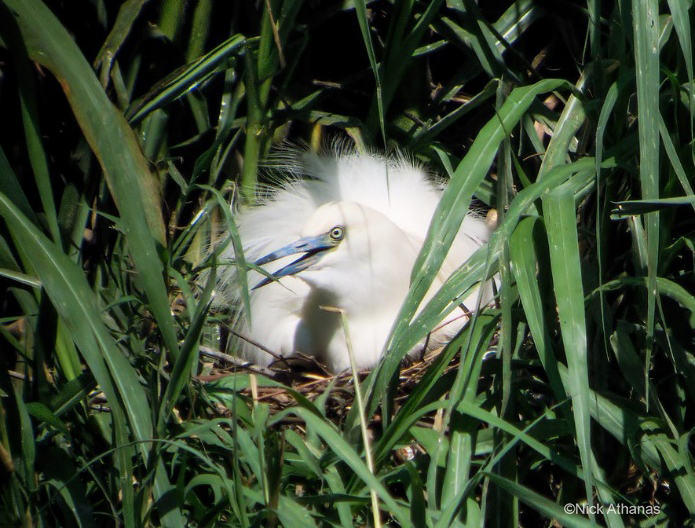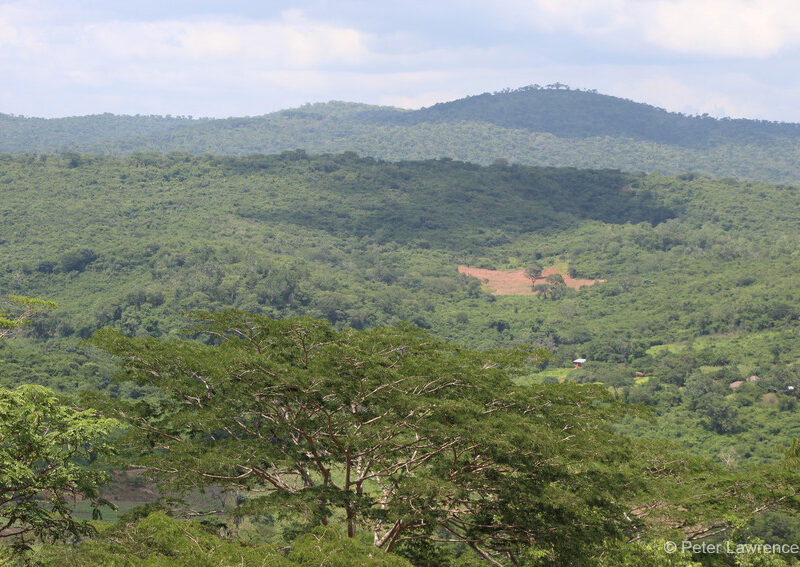Madagascar Pond-heron
Species Data
Class: Aves
Order: Pelecaniformes
Family: Ardeidae
Scientific Name: Ardeola idae
IUCN Red List status: Endangered
Description
The Madagascar Pond-heron is a bird of South-east Africa first described by Gustav Hartlaub in 1860. With average height of 45-50cm and weight in the 250-350 range, adults’ appearance changes based on whether they are inside or outside the breeding season.
Breeding adults have white plumage often with a buff tinge, long plumes on the crown, upperparts and breast, reddish-pink legs, a black-tipped azure-blue bill, blue to green facial skin and orbital ring, and a yellow iris.
Non-breeding adults look similar to Squacco Heron (Ardeola ralloides), being streaked dark brown on the head, neck, upperparts, and breast, with a white belly, wings, rump and tail, a black-tipped greenish-grey bill, yellow facial skin, and green orbital skin.
Juveniles are similar to non-breeding adults but with brown in the flight feathers and a dull orange bill.
Behaviour
The Madagascar Pond-heron breeds in Madagascar and the islands of Aldabra, Mayotte, and Europa, beginning just before the rainy season in October through to March. This species migrates westwards to winter in central and east Africa, mostly in Kenya and Tanzania, with some non-breeding birds remaining in these wintering areas.
These herons nest in mixed-species colonies, building a bulky nest of twigs in trees or bushes near water, as well as in mangroves in Mayotte and Aldabra. Typically, three eggs are laid, and both parents incubate. Occasionally a second clutch is also laid.
The Madagascar Pond-heron is a secretive species, seeking safety in trees when disturbed. These birds feed solitarily by walking slowly or standing motionless in shallow water, at the water’s edge, or on floating vegetation. Their diet includes fish, frogs, invertebrates, and even small reptiles such as skinks and geckos.


Habitat
The Madagascar Pond-heron can be found across a distribution range from Madagascar to Seychelles, Tanzania, Kenya and Uganda.
This species favours shallow freshwater wetlands with bankside or floating vegetation up to 1,800 m, including grassy marshes, small lakes, ponds, ditches, slow-flowing rivers, rice fields, and small streams inside forest. Sometimes, albeit rarely, it is found on coastal mudflats.
Threats and Conservation
Madagascar Pond-Heron is listed by the IUCN as Endangered. A dramatic decline over the last 50 years has left a very small population estimated at just 2,000-4,000 individuals and still declining. Threats include clearance, drainage, and conversion of wetland habitats to rice fields; a reduced number of nesting sites; increasing collection of eggs and young at breeding sites for food; disturbance at nest sites; and hybridisation with Squacco Heron, a recent coloniser, in Madagascar.
An International Single Species Action Plan has been prepared that includes regulating access to sites during the breeding season, preventing development that reduces breeding habitat, protecting all breeding sites through legislation and designation as Ramsar sites, and raising public awareness of the threats and actions to take.
In Tanzania and starting in 2021, WLT is supporting a project by partner TFCG to save coastal forests that are a confirmed home for the Madagascar Pond-Heron
